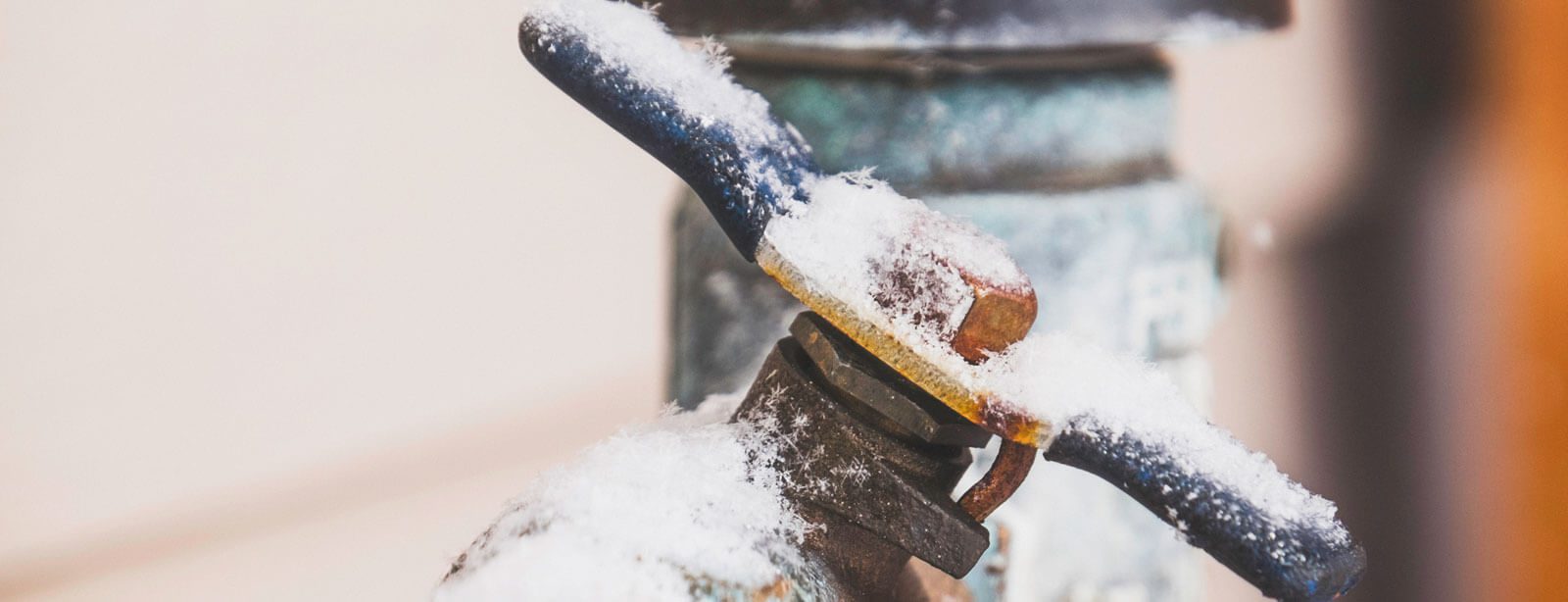Tips to Defend Pipes from Freezing: Expert Guidance
Tips to Defend Pipes from Freezing: Expert Guidance
Blog Article
We have stumbled on this great article about 6 Ways to Prevent Frozen Pipes down the page on the internet and figured it made perfect sense to share it with you on this site.

Cold weather can damage your pipes, particularly by freezing pipelines. Right here's just how to avoid it from occurring and what to do if it does.
Intro
As temperatures decline, the threat of icy pipes increases, potentially bring about costly repair services and water damages. Comprehending exactly how to avoid frozen pipelines is crucial for house owners in chilly environments.
Prevention Tips
Protecting prone pipelines
Wrap pipes in insulation sleeves or make use of warm tape to safeguard them from freezing temperature levels. Focus on pipes in unheated or external locations of the home.
Home heating strategies
Maintain indoor rooms properly heated up, particularly locations with pipes. Open up closet doors to allow warm air to distribute around pipelines under sinks.
Just how to recognize icy pipelines
Look for decreased water flow from faucets, unusual odors or noises from pipes, and visible frost on subjected pipelines.
Long-Term Solutions
Structural adjustments
Think about rerouting pipes far from exterior walls or unheated locations. Include additional insulation to attics, cellars, and crawl spaces.
Updating insulation
Buy top notch insulation for pipelines, attic rooms, and wall surfaces. Proper insulation assists preserve consistent temperatures and minimizes the risk of icy pipes.
Shielding Outdoor Plumbing
Yard pipes and exterior taps
Disconnect and drain garden hose pipes prior to winter months. Mount frost-proof faucets or cover exterior taps with protected caps.
Understanding Frozen Pipes
What creates pipelines to freeze?
Pipes ice up when exposed to temperature levels below 32 ° F (0 ° C) for prolonged periods. As water inside the pipelines freezes, it broadens, putting pressure on the pipe wall surfaces and possibly creating them to break.
Threats and damages
Frozen pipelines can lead to water system disruptions, residential property damages, and costly repair services. Burst pipes can flood homes and cause comprehensive architectural damage.
Indications of Frozen Water Lines
Determining frozen pipes early can stop them from bursting.
What to Do If Your Pipes Freeze
Immediate activities to take
If you presume icy pipes, keep faucets open up to relieve stress as the ice melts. Make use of a hairdryer or towels soaked in hot water to thaw pipelines gradually.
Verdict
Stopping icy pipes needs proactive actions and fast responses. By understanding the causes, signs, and safety nets, homeowners can safeguard their plumbing throughout winter.
5 Ways to Prevent Frozen Pipes
Drain Outdoor Faucets and Disconnect Hoses
First, close the shut-off valve that controls the flow of water in the pipe to your outdoor faucet. Then, head outside to disconnect and drain your hose and open the outdoor faucet to allow the water to completely drain out of the line. Turn off the faucet when done. Finally, head back to the shut-off valve and drain the remaining water inside the pipe into a bucket or container. Additionally, if you have a home irrigation system, you should consider hiring an expert to clear the system of water each year.
Insulate Pipes
One of the best and most cost-effective methods for preventing frozen water pipes is to wrap your pipes with insulation. This is especially important for areas in your home that aren’t exposed to heat, such as an attic. We suggest using foam sleeves, which can typically be found at your local hardware store.
Keep Heat Running at 65
Your pipes are located inside your walls, and the temperature there is much colder than the rest of the house. To prevent your pipes from freezing, The Insurance Information Institute suggests that you keep your home heated to at least 65 degrees, even when traveling. You may want to invest in smart devices that can keep an eye on the temperature in your home while you’re away.
Leave Water Dripping
Moving water — even a small trickle — can prevent ice from forming inside your pipes. When freezing temps are imminent, start a drip of water from all faucets that serve exposed pipes. Leaving a few faucets running will also help relieve pressure inside the pipes and help prevent a rupture if the water inside freezes.
Open Cupboard Doors
Warm your kitchen and bathroom pipes by opening cupboards and vanities. You should also leave your interior doors ajar to help warm air circulate evenly throughout your home.

Do you enjoy more info about Preventing and dealing with frozen pipes? Give a short review down the page. We will be happy to listen to your thinking about this post. Hoping that you come back again soon. Sharing is caring. Who knows, you might be doing someone a favor. Thanks a bunch for your time. Return soon.
Source This Article Report this page